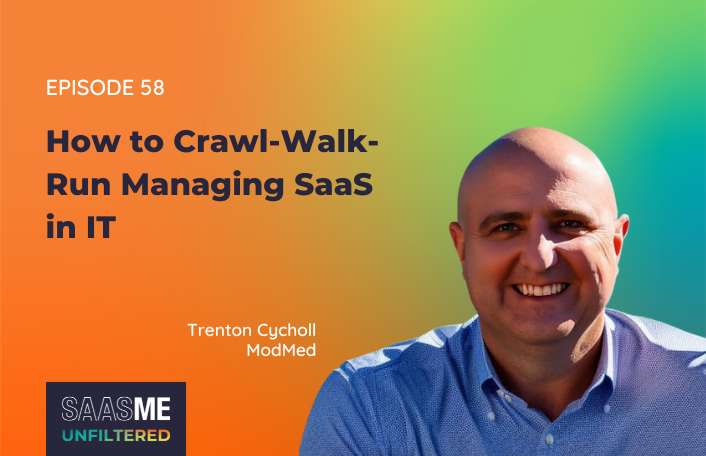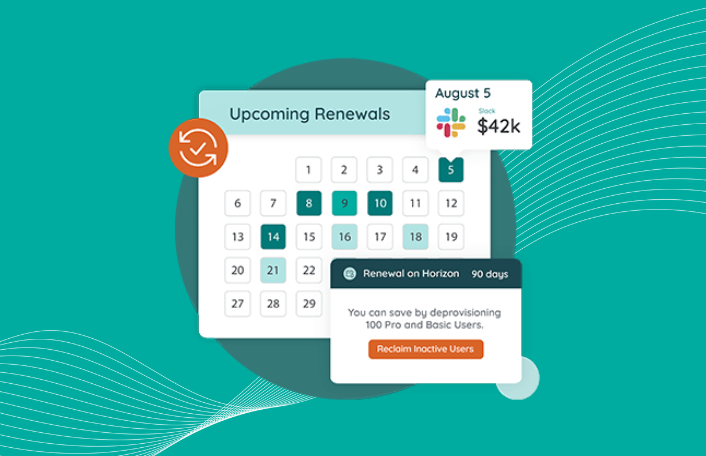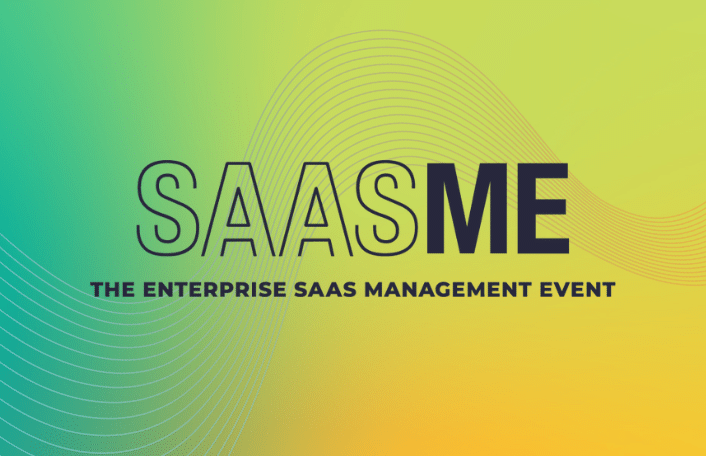
How to Crawl-Walk-Run Managing SaaS in IT with Trenton Cycholl (ModMed)
Table of Contents ToggleEpisode SummaryGuest SpotlightEpisode HighlightsUsing a Tiering Framework Helps...
Back
Back
Search for Keywords...
Blog

06/01/2021
Table of Contents
The cloud sounded almost magical from the outset: move your systems and your software to a place where everything costs less, breaks less and is easier to manage.
On one hand, that dream-like promise has panned out. The cloud often does make things easier, cheaper and more straightforward (especially when you have SaaS in the mix).
But it’s not all rainbows and unicorns up in the cloud. After all, the computing power has to be paid for by someone.
That’s where cloud cost optimization comes in. We’re here to walk through what it is, why it’s important and what you can do about it.
Cloud cost optimization (also known as cloud cost management) is a practice that aims to reduce cloud costs — including SaaS.
According to Gartner, it’s just as much about aligning tools with business outcomes as it is about cost savings.
“Focusing on efficient use of cloud services brings immediate and tangible financial benefits. Unfortunately, most organizations are unprepared to profit from this savings opportunity and they’re likely to overspend. Cloud cost management is not just an operational concern. To be successful, it requires a tight collaboration among the disciplines of governance, architecture, operations, product management, finance and application development. Correlating cloud costs to business KPIs allows organizations to manage spending in respect to its return on investment.”
Optimizing your software in the cloud ensures you’re getting value and ROI for all of the cloud services you’re paying for – including your Software as a Service subscriptions. We’ll dig into how you can optimize your cloud costs and your SaaS applications in particular.
There’s never been a more important time to make cloud cost optimization a priority. Here are a few stats that prove that’s the case.
Though it can cause headaches for operations and IT because of its iterative, bottoms-up nature, SaaS growth shows no signs of slowing down.
With that in mind, organizations must make cloud cost management a priority — or face the increasing consequences of cost overruns (not to mention security risks).
Switching to the cloud or to SaaS applications doesn’t automatically translate into cost savings for a company. You need to be strategic with making the shift for the benefits to outweigh the costs.
That’s according to a list of SaaS companies obtained from Crunchbase. And that number is likely even larger today.
The takeaway: SaaS is not just becoming more accessible, it’s also becoming more specialized. With a SaaS tool for everything, it’s more important than ever for IT leaders to understand how tools are either eating into the budget or benefiting the bottom line.
Put another way, IT and security teams have very little direct control or management of the SaaS tools most the organization is using.
This leads to shadow IT, which creates increased costs and risk for your company. IT leaders will have to identify the applications under shadow IT, rightsize licenses, reduce redundant applications, and put controls in place to avoid ballooning costs in the future.
Learn more in our complete guide to SaaS cost management.
These expensed transactions from individual employees represent just 7% of total SaaS spending — but more than half of the number of SaaS applications in an organization.
So if the average organization has 323 SaaS applications, about 60 were acquired by employees using cards or personal expense reimbursement.
That’s a lot of extra complication for IT, procurement, legal, finance and other operators.
SaaS is easy to acquire — it’s often as simple as adding a credit card number. These applications often fly under the radar. And it can be challenging (if not impossible) to plan for the costs of applications you don’t know exist.
If more than one individual is paying for a SaaS subscription, you’re leaving money on the table because you are diluting your purchasing power.
The upshot: you’re probably paying more per subscription than you should be.
With that in mind, regularly consolidating subscriptions is an essential part of cloud cost management — every month, if possible.
SaaS is a large (and growing) line item for businesses. It’s essential that the per-employee investments you’re making are yielding the results you want.
This isn’t an inherently negative stat — spending $5,800 on each employee for the SaaS tools they need could very well be worth the cost.
But it’s critical to look at the impact of that spend in terms of business outcomes and ROI, rather than blindly adding more and more costs to the stack.
That’s a lot of unused licenses.
Based on the previous stat about companies spending $5,800 per employee per year — a company with 1,000 employees is wasting an average of $2.32 million on unused and underused SaaS licenses every month.
Part of cloud cost optimization for SaaS is to rightsize your licenses regularly as a cost-savings strategy.
And, all too often, these renewals spring up unexpectedly.
Without adequate time to plan, it’s common to be hit with an auto-renewal — or make reactive renewal decisions that aren’t based on data. Cloud cost optimization not only ensures your spend is effective now, but also sets you up for a more proactive approach in the future.
This revolving door of SaaS tools makes things more difficult for IT and security teams, unless they have a clear SaaS management strategy and platform in place.
The takeaway: with the constantly shifting tools, cloud cost management must be an ongoing discipline, rather than a one-time event.
SaaS (and its associated costs and management) will only continue to grow.
It can be a net benefit for your organization — as long as you keep those unused licenses, unsupervised renewals and expensed SaaS licenses in check.
Long story, short: now’s the time to focus on cloud cost optimization.
Check out this guide — we have three proven strategies for cutting SaaS costs inside, along with checklists that can help you get started with each strategy today.

Table of Contents ToggleEpisode SummaryGuest SpotlightEpisode HighlightsUsing a Tiering Framework Helps...

Table of Contents ToggleFirst up: What is cloud cost optimization?9 Stats...

Table of Contents ToggleSaaSMe 2024 Takeaway #1: Change Your Mindset, Or...

Table of Contents ToggleWhy Usage Data Is Important Underutilized SaaS Rationalizing Overlapping AppsIdentify...
| Cookie | Duration | Description |
|---|---|---|
| cookielawinfo-checkbox-analytics | 11 months | This cookie is set by GDPR Cookie Consent plugin. The cookie is used to store the user consent for the cookies in the category "Analytics". |
| cookielawinfo-checkbox-functional | 11 months | The cookie is set by GDPR cookie consent to record the user consent for the cookies in the category "Functional". |
| cookielawinfo-checkbox-necessary | 11 months | This cookie is set by GDPR Cookie Consent plugin. The cookies is used to store the user consent for the cookies in the category "Necessary". |
| cookielawinfo-checkbox-others | 11 months | This cookie is set by GDPR Cookie Consent plugin. The cookie is used to store the user consent for the cookies in the category "Other. |
| cookielawinfo-checkbox-performance | 11 months | This cookie is set by GDPR Cookie Consent plugin. The cookie is used to store the user consent for the cookies in the category "Performance". |
| viewed_cookie_policy | 11 months | The cookie is set by the GDPR Cookie Consent plugin and is used to store whether or not user has consented to the use of cookies. It does not store any personal data. |
